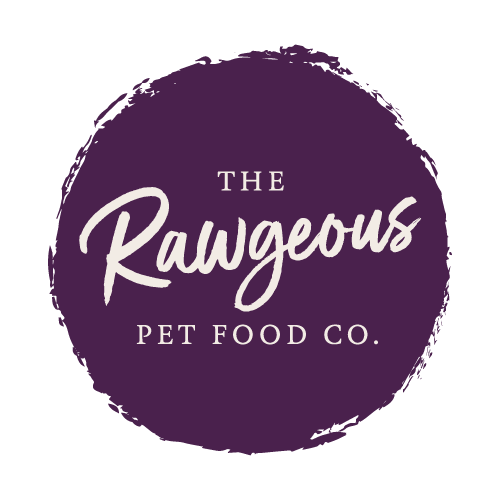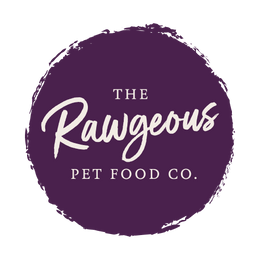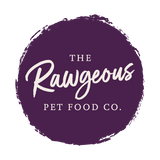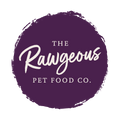Dog Walking 101
Ensuring that your dog is properly exercised is one of your key responsibilities as a pet or working dog owner. In the West and UK, taking dogs for a walk is the most widely recognised way of doing this. Generally this will primarily be on a leash with some elements of free running. Dog walking is primarily viewed as a way of providing exercise, but can also be used as a form of enrichment to promote natural behaviours as well as bonding. As dogs learn associatively, if you become associated with providing the pleasurable experience of regular walks in stimulating environments then your dog will like you more and be excited by your presence.
Dogs can be walked on a leash, or free run. Both of these methods have benefits and drawbacks. Leash walking is safer, provides owners with greater control, and ensures that a dog remains close at all times. However, it can require a certain amount of strength with larger dogs and removes the dog’s ability to choose where it will go. Free running dogs allows them to make more choices and actively seek out the stimuli which interest them, but can be higher risk so should only be allowed in public when recall obedience is reliable and proven. A good medium is to find enclosed paddocks or spaces such as tennis courts which allow dogs to run relatively freely, but removes the risk of escape.
Leash walking can be very valuable when done correctly and proper thought is given to what it should achieve. Slower leash walks where sniffing is encouraged and dogs are allowed to freely explore using their noses are highly beneficial, and in our view underrated. Scent is a dog’s strongest sense, and olfactory enrichment is vital for mental wellbeing. Understimulated dogs can experience severe boredom which often manifests itself through unwanted and destructive behaviours. Mental stimulation can be even more tiring and fulfilling than physical exercise, and the positive effects of olfactory engagement cannot be understated. Sniff walks are hugely beneficial, and we recommend all owners begin incorporating them into their dogs’ lives.
A dog which is walked regularly and kept on a nutritious diet is likely to be healthy and enjoy a high quality of life. Exercise and nutrition go hand in hand, and one cannot negate or outweigh the other. In our experience, a combination of regular exercise, a raw diet, and considered supplementation are best for promoting health. Owners who can balance these are setting their dogs up for success and the best life possible.



